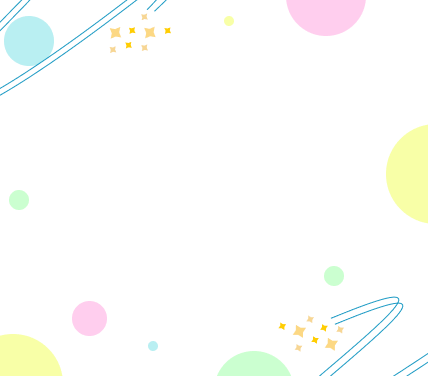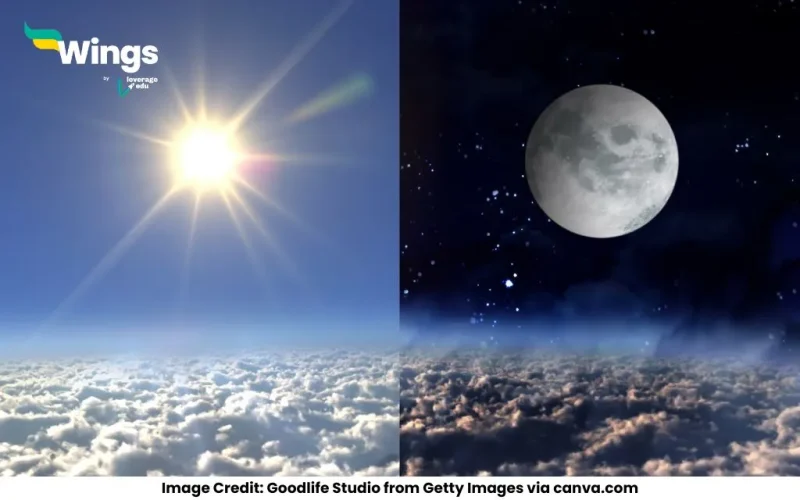Luminous objects emit their own light, like the Sun or light bulbs, while non-luminous objects do not produce light but are visible because they reflect light from luminous sources, like the Moon or a book.
Complete Answer:
What are Luminous Objects?
Luminous objects are those that emit their own light. They have the ability to generate light due to some form of energy, such as heat or electrical energy, that causes them to glow. The light emitted by luminous objects is typically visible to the human eye. Common examples of luminous objects include:
- The Sun – It produces its own light due to nuclear reactions occurring in its core.
- Stars – Like the Sun, stars emit light as a result of nuclear fusion.
- Fireflies – These insects produce light biologically through a chemical reaction in their bodies, called bioluminescence.
- Lightbulbs – These are artificial sources of light that use electricity to produce light.
- Glowsticks – These produce light through a chemical reaction (chemiluminescence).
Key Characteristics of Luminous Objects:
- They emit light.
- They don’t rely on any external source of light to be visible.
- Their light can be seen in the dark.
What are Non-Luminous Objects?
Non-luminous objects, on the other hand, do not emit their own light. They are visible because they reflect light that falls on them. They rely on an external light source, such as the Sun or artificial light, to be seen. Common examples of are:
- The Moon – While the Moon doesn’t produce its own light, it reflects the light from the Sun.
- Trees, Buildings, and Rocks – These objects are visible during the day because they reflect sunlight.
- Books and Furniture – These objects do not emit light but can be seen when light shines on them.
Key Characteristics of Non-Luminous Objects:
- They do not emit light on their own.
- They can only be seen when illuminated by a luminous object.
- They reflect light from a luminous object.
Differences between Luminous and Non-Luminous Objects
Here are the key differences:
| Luminous Objects | Non-Luminous Objects |
| Emit their own light | Do not emit light |
| Visible even in the dark | Visible only when light is reflected on them |
| Examples: Sun, Stars, Fireflies, Lightbulbs | Examples: Moon, Trees, Furniture, Books |
Common Physics Questions and Concepts:
 60,000+ students trusted us with their dreams. Take the first step today!
60,000+ students trusted us with their dreams. Take the first step today!


 One app for all your study abroad needs
One app for all your study abroad needs










